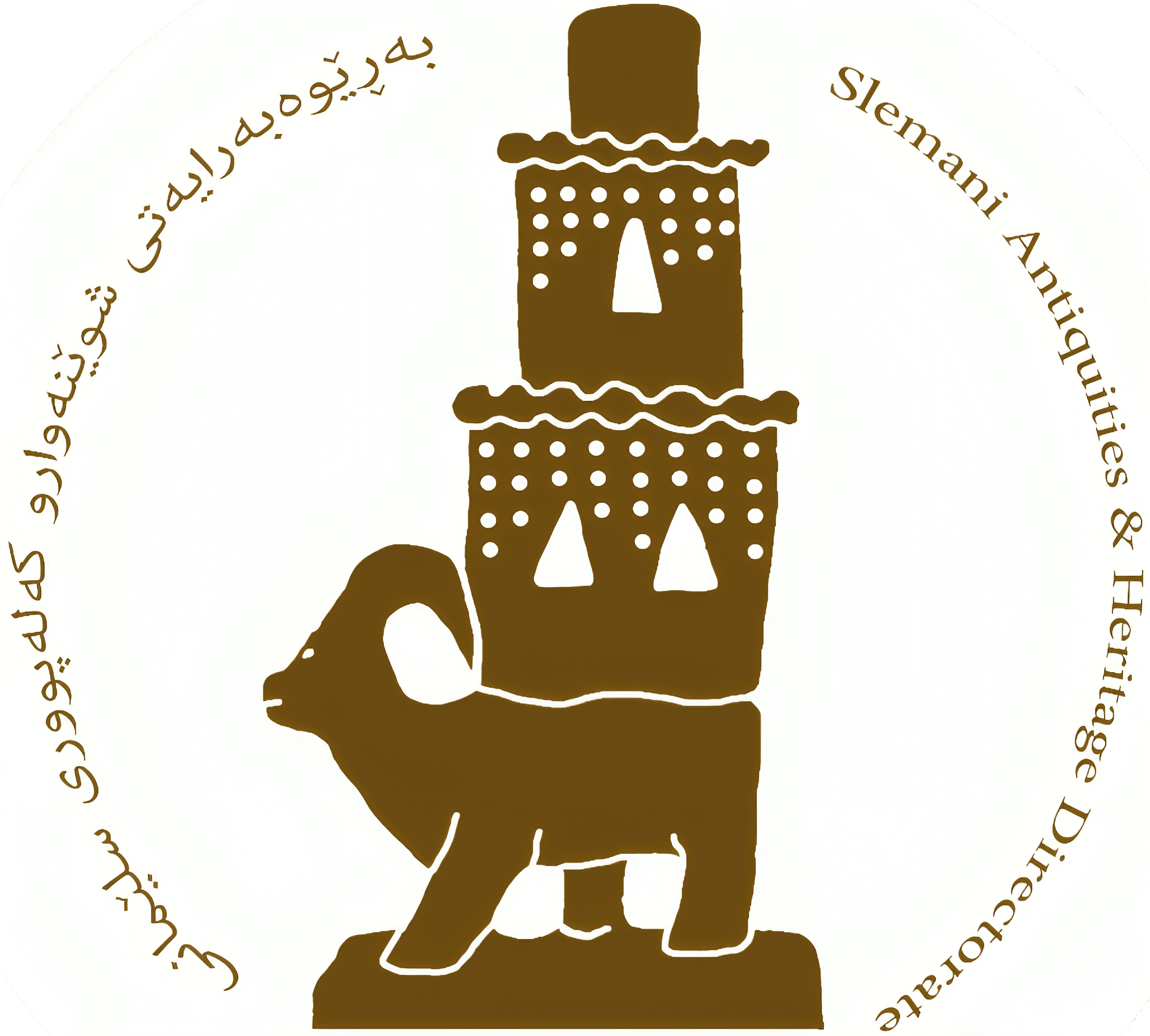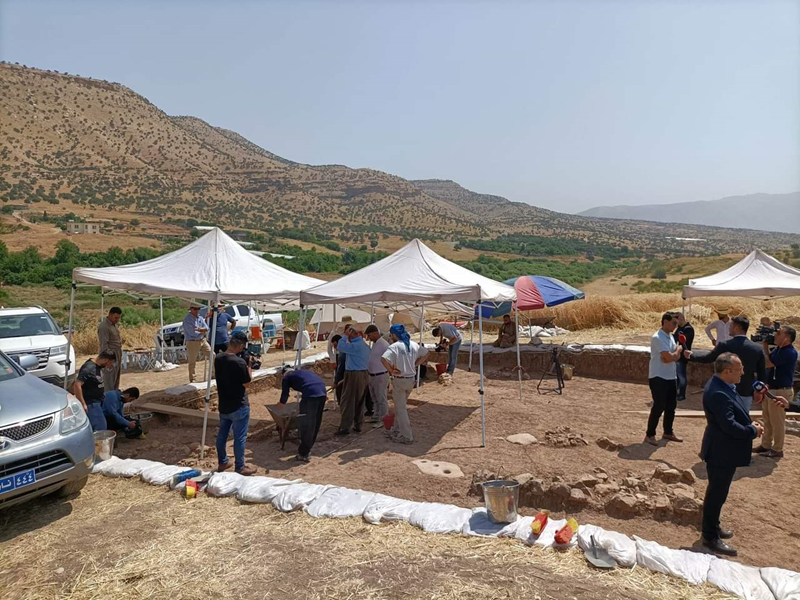Archaeological work in the region is concentrated in Slemani
240128072115.jpg)
The international university and institute that currently have agreement to work and excavation in Slemani Province
Directorate of Antiquities and Heritage of Slemani, currently has many contracts and partnerships with several foreign universities and institutes for (surveying, excavation, reconstruction and maintenance….. etc) in Slemani province.
All contracts are approved by the General Directorate of Antiquities and Heritage in the Kurdistan Region and its ministry in the government.
The content of the contracts will be drafted in the Directorate of Antiquities and Heritage of Slemani and reviewed by the section of (archaeologist and heritage) and legal section of the General Directorate of Antiquities and Heritage.
The content of the contracts are based on law no.(5) of 2021 on the management and protection of Antiquities and heritage of the Kurdistan Region.
Some of the points of all contracts are derived from the law and fixed, while other points vary according to the type of archaeological sites, periods, type of works whether surveying ,excavation or restoration…. etc.
1. University of Reading, UK. (Grdi-Bestanswr) and (Chami Zawi)
2. University of Munich, Germany and New York, America. (Grdi-Rostam)
3. University of Chubu, Japan. (Grdi-Yasin Tapa)
4. University of Tsukuba, Japan. (Gudi Charmo)
5. Institute of Liberal Art and Science, Kanazawa University, Japan. (Grdi-Shakr Tapa and Shekh Maeruf)
6. Institute for Western Asian Archaeologies, Frei Universität Berlin, Germany. (Grdi-Begum)
7. Universität Frankfurt am Main, Germany. (Grdi-Kazhaw and Qlerkh)
8. Universidad de Coimbra, Portuguese. (Grdi-Kani Shai)
9. Sapienza - Università di Roma, Italian. (Grdi-Yasen Tapa)
10. National museum of ASIAN ART, Smithsonian, America. (Grdi-Ban Qala)
11. University Paris I, French. (Grdi-Kunara)
12. CNRS, Paris I, French, (Ashkawti Sarsyan, Rostam Akha).
13. University Heidelberg, Germany, (Mirquli and Rabana project)
14. University of Liverpool UK, (Ashkawta Rash and Pala Gawra)
15. University of Lion, French (Grdi-Qala and Logrdan)
16. CNRS, French (Grdi-Kunara)
17. University of Munster, German (Grdi-Bazar & Qalat Dinka)
18. Archaios, French (Survey)


240111033238.jpg)
